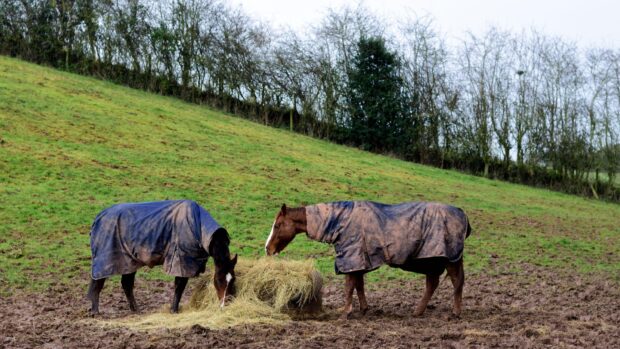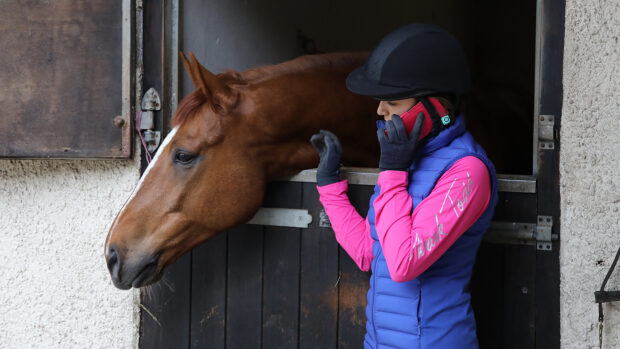Exclusions are put in place on equine insurance policies when there is an increased risk of a claim being made. For example, a history of a particular illness, such as navicular, surgery to a limb, or a previous injury could result in the area being excluded.
Sometimes a duration is imposed – a policy may exclude colic after an episode occurs, but may remove the exclusion if the horse is colic-free for the remainder of the policy term.
Most policies do not cover pre-existing conditions, explains Guy Prest of KBIS British Equestrian Insurance.
“Underwriters may choose not to exclude a specific problem if they consider the risk insignificant, but are under no obligation to accept cover on pre-existing conditions,” he says.
“Often, specific conditions known by all parties are detailed as exclusions on the policy schedule. However, just because a pre-existing condition is not specifically excluded, it does not mean it is included. If you choose to buy a horse with pre-existing problems, you will have to accept this risk yourself, and not expect the insurer to provide cover.
“If your horse suffers a condition during the period of insurance, you should notify your insurer, regardless of whether or not you make a claim; the underwriters may exclude this condition from your next policy.”
David Buckton, of South Essex Insurance Brokers (SEIB), says it is important to get as much information as possible from the vendor before buying a horse.
“Knowingly withholding information to an insurance underwriter is fraud,” he says. “But what if a new owner genuinely doesn’t know about something from the horse’s past, such as a progressive or seasonal problem?
“To avoid this, always ask the vendor specific questions about previous injury, illness or past vet treatment, and have a pre-purchase vetting. If the animal is valuable, consider getting its feet, fetlocks, hocks and stifles X-rayed, and ask the vet to take blood samples that can
be checked, should the horse go lame a few days later.”
Looking for horse insurance? Try Horse & Hound’s insurance comparison service at horseandhound.co.uk/insurance
Read H&H’s guide to the top 10 common policy pitfalls and how to avoid them, in today’s magazine (24 July, ’08)



